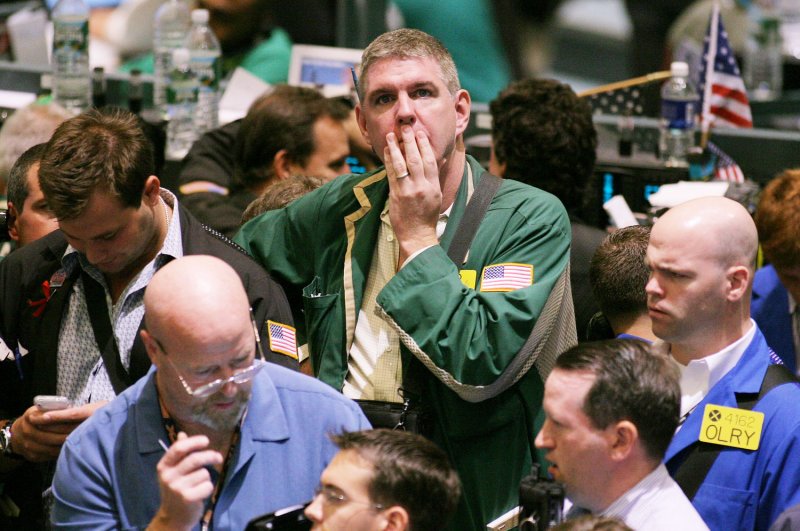Oil prices move with no clear direction in early Thursday trading after a U.S. report sends mixed market signals. File photo by Monika Graff/UPI |
License Photo
NEW YORK, Oct. 13 (UPI) -- Crude oil prices searched for direction in early Thursday trading after the U.S. market turned back toward the supply side, though China showed higher demand.
Crude oil prices moved lower for most of the week, following an unprecedented rally that met a move by members of the Organization of Petroleum Exporting Countries in late September to work toward a production cap. Oil turned south in Wednesday trading after OPEC reported its own crude oil production had moved above the high end of a production ceiling proposed last month in Algeria.
The American Petroleum Institute, meanwhile, reported late Wednesday that crude oil inventories in the United States rose by 2.7 million barrels, a reversal of recent trends showing a draw on supplies. China, meanwhile, reported its crude oil imports set a record in September, and the two data points combined to give oil prices an uncertain start to the trading day Thursday.
The prices for Brent crude oil moved higher by 0.1 percent to start the day at $51.83 per barrel. West Texas Intermediate, the U.S. benchmark price for crude oil, gained 0.04 percent to open in New York at $50.20 per barrel.
Movements could be fluid as investors digest the latest short-term market report from the U.S. Energy Information Administration. EIA offered a mixed forecast for the price for crude oil, raising its prediction for Brent by $1 per barrel for 2016 to $43 per barrel for the full year average, but lowering its 2017 estimate by $1 per barrel to $51 per barrel.
Gains in North American crude oil production, largely from U.S. shale basins, helped erased $50 from the cost per barrel of oil as markets tilted heavily toward the supply side. EIA forecasts full-year 2016 production will be about 7.5 percent less than last year. Its estimate of 8.6 million barrels per day next year, an estimate that's 1 percent lower than this year, was revised higher, however, by 100,000 barrels per day.
A treasury official in the shale-rich state of Oklahoma said last week that, if OPEC members agree on a production cap, the resulting increase in crude oil prices could boost production from the state.
On the economic front, the U.S. Labor Department reported hiring was tightening with the weekly number of first-time claims for unemployment holding steady. The less-volatile four-week moving average, however, was revised lower by 3,500.
A U.S. rate hike, which may be contingent on the strength of the labor sector, would lift the value of the U.S. dollar and make oil more expensive for those traders who do business in other currencies.
In terms of the North American energy sector, Texas, the No. 1 oil producer in the United States, was among the top three in terms of declines in first-time claims for unemployment.















